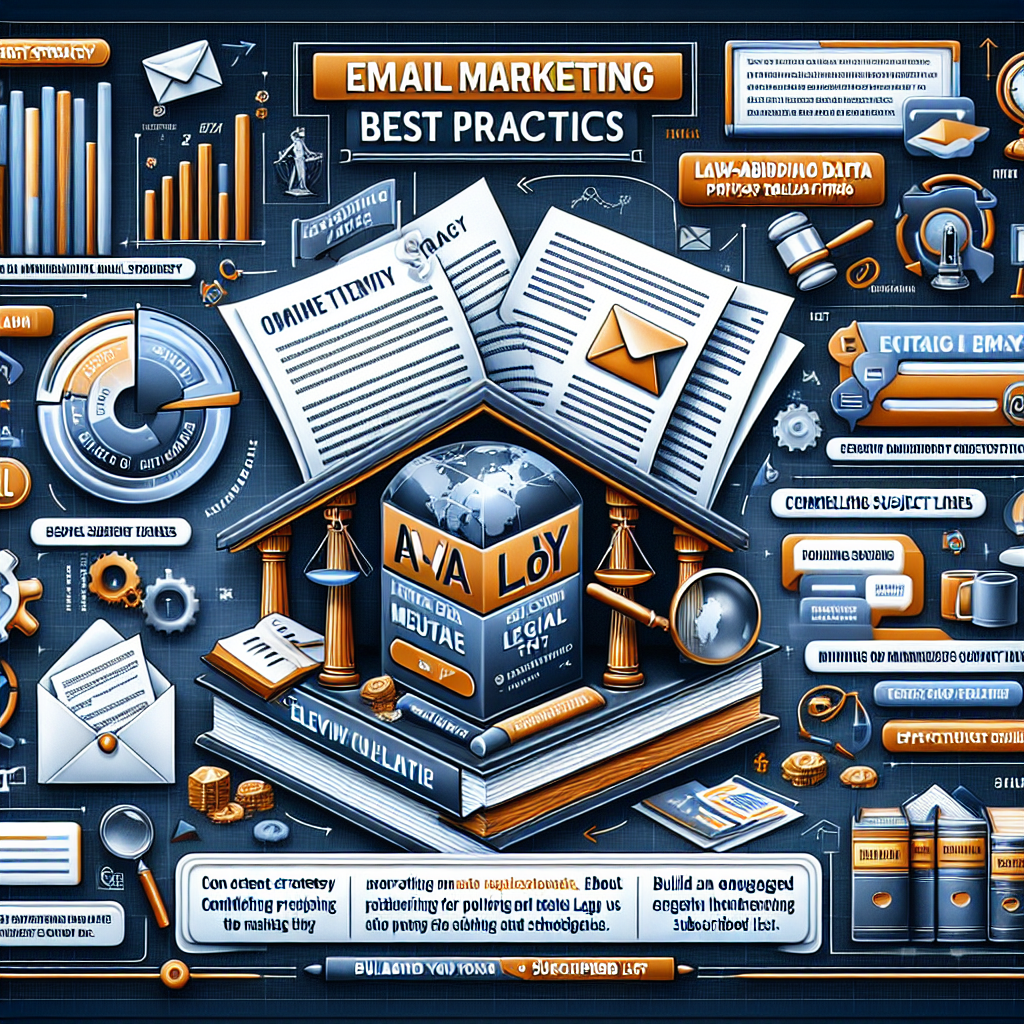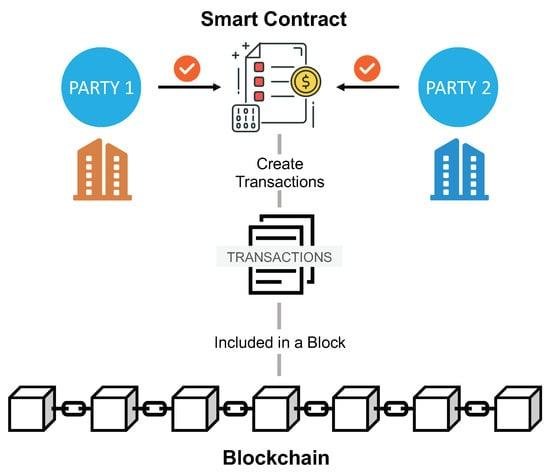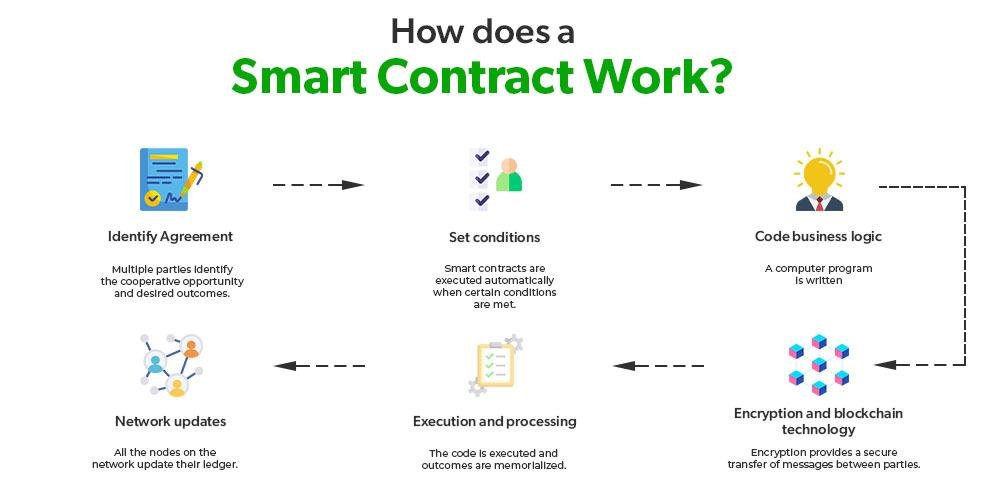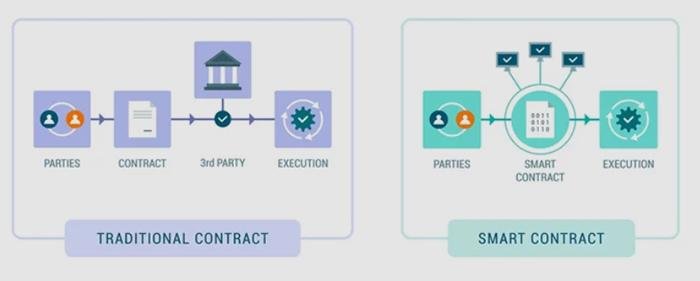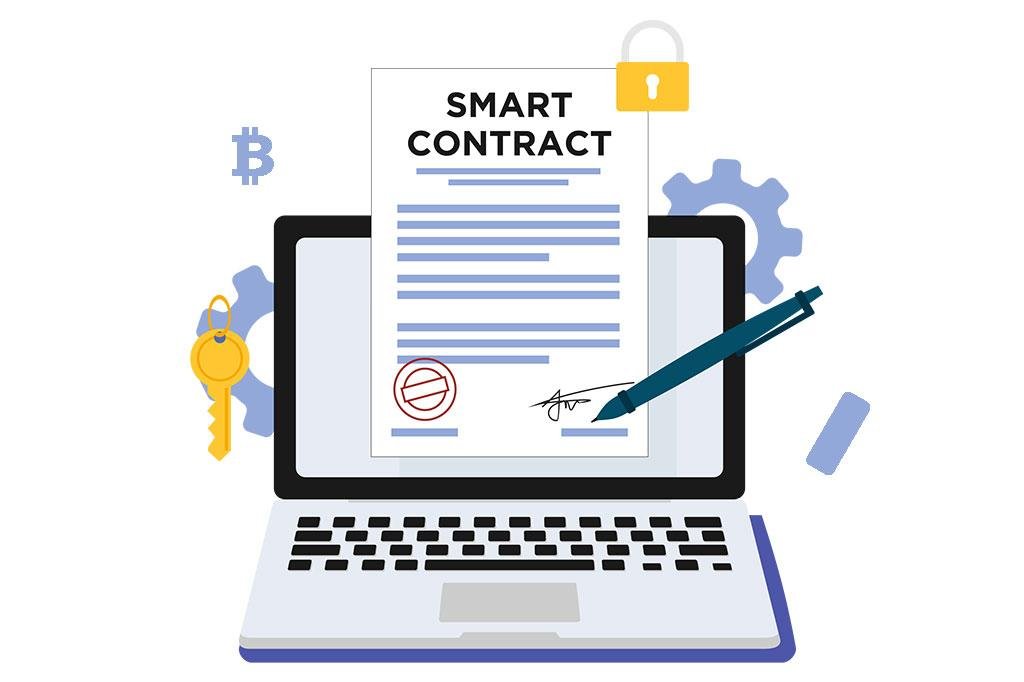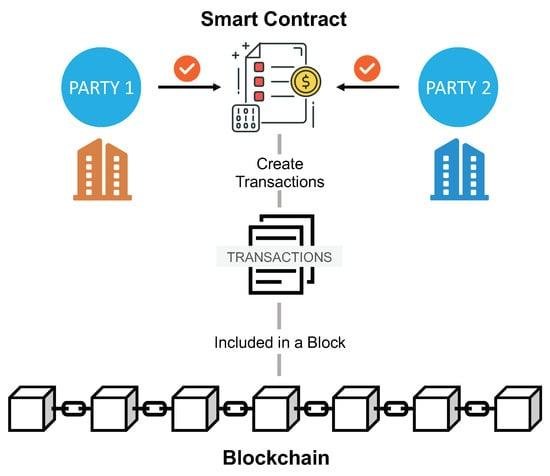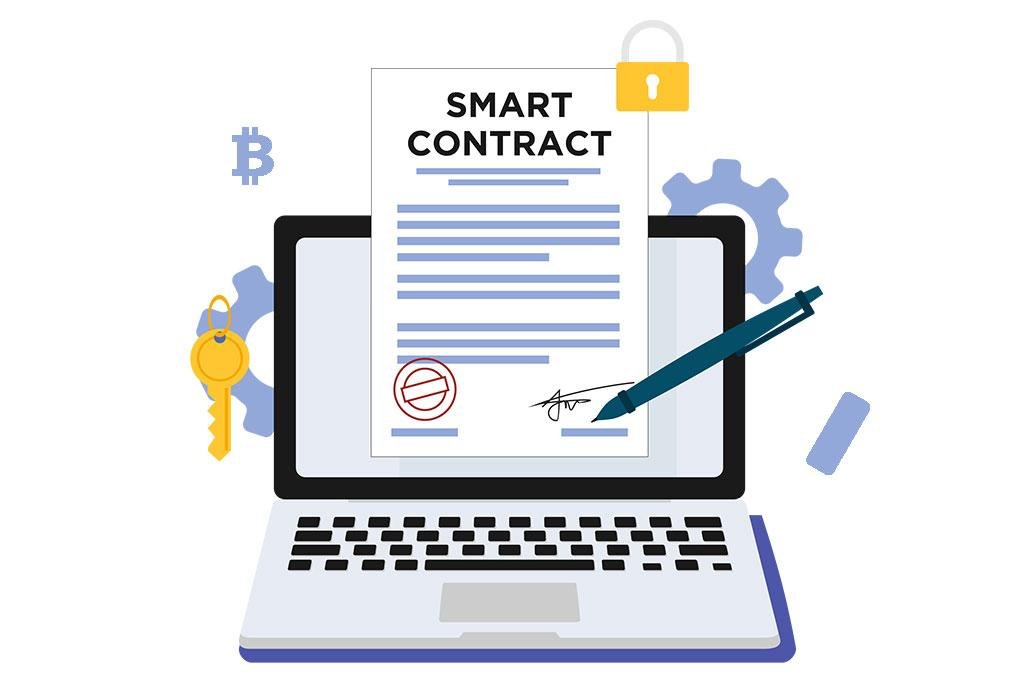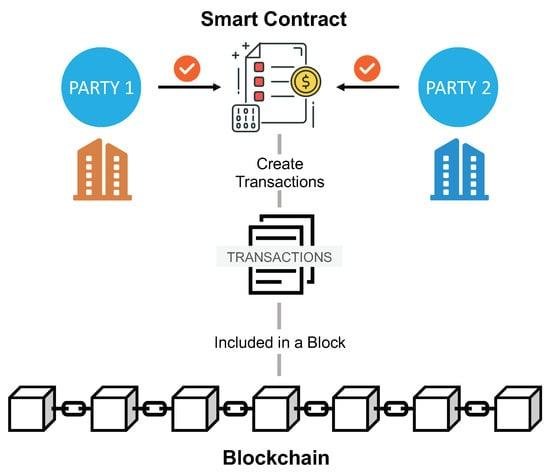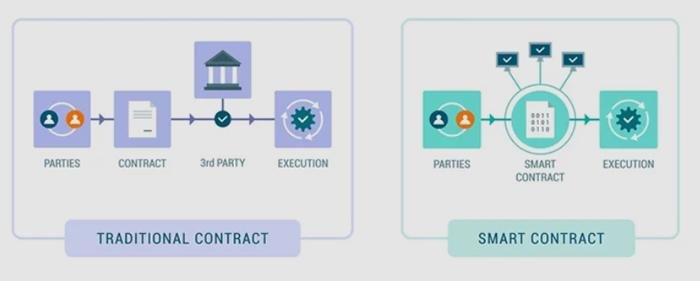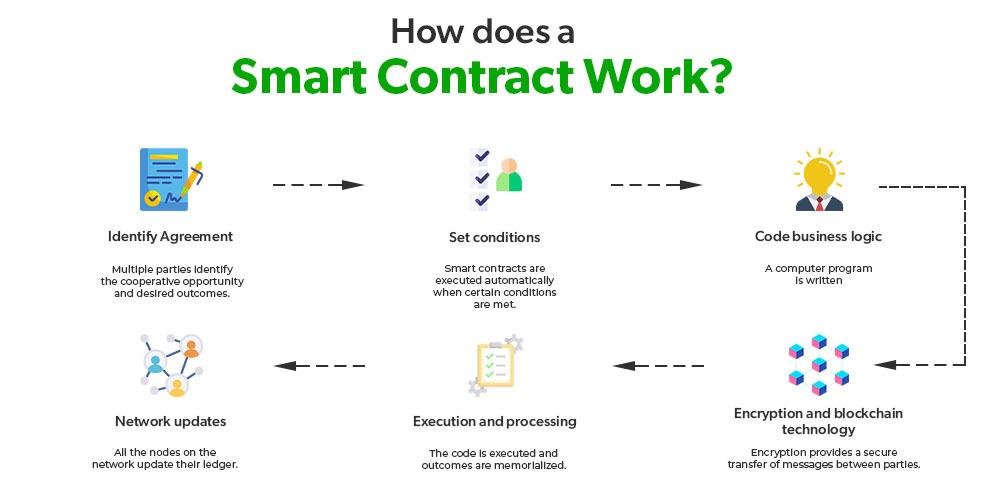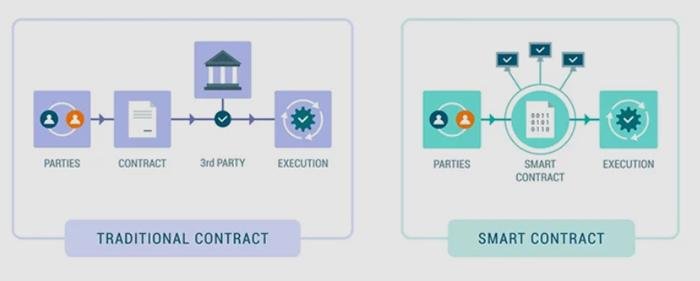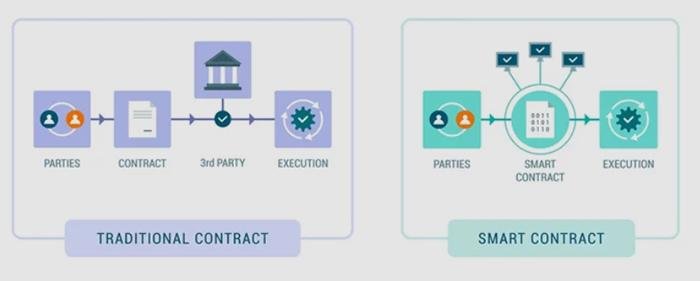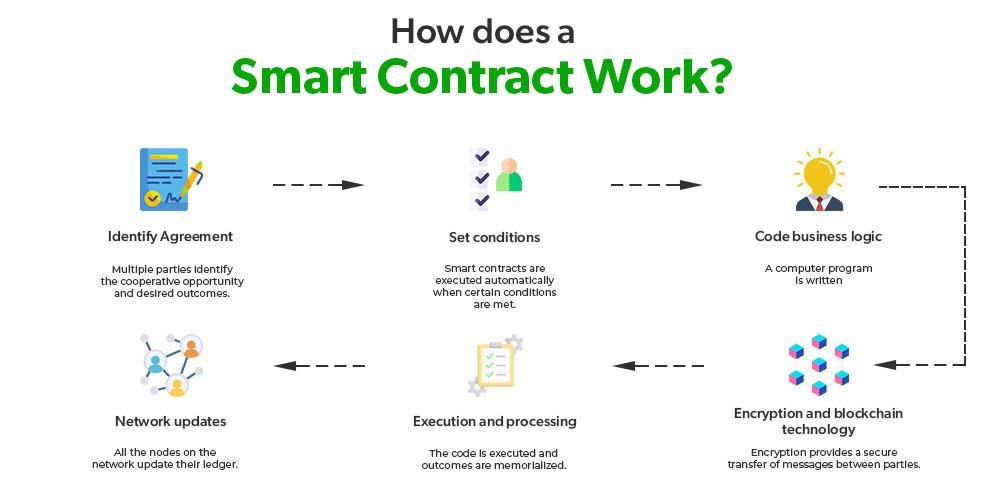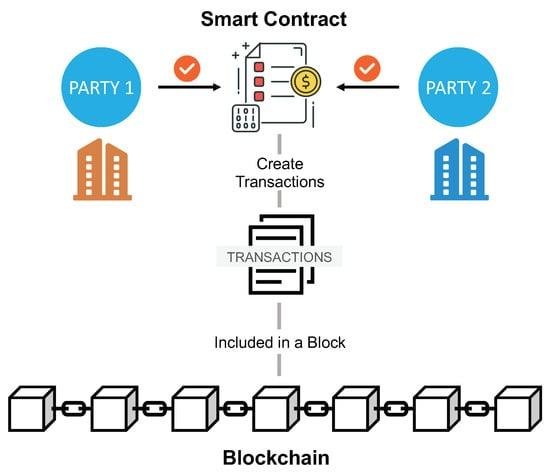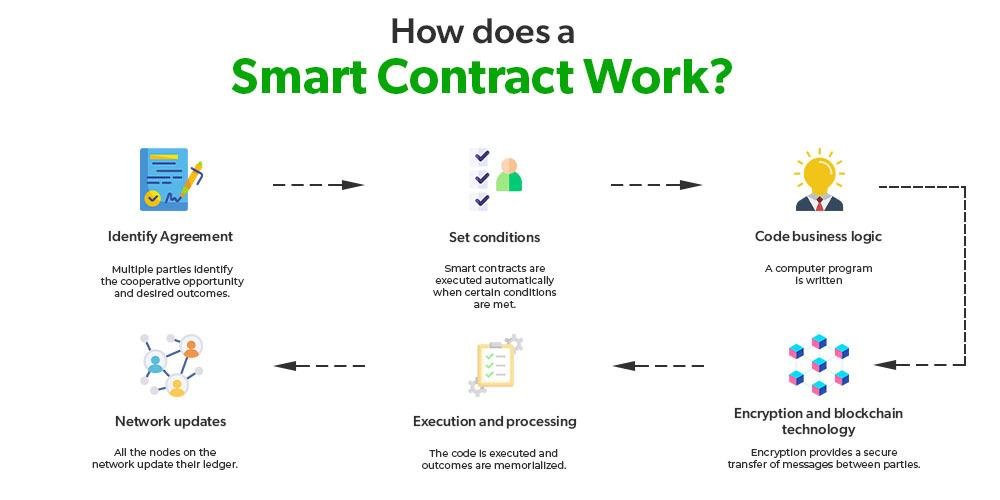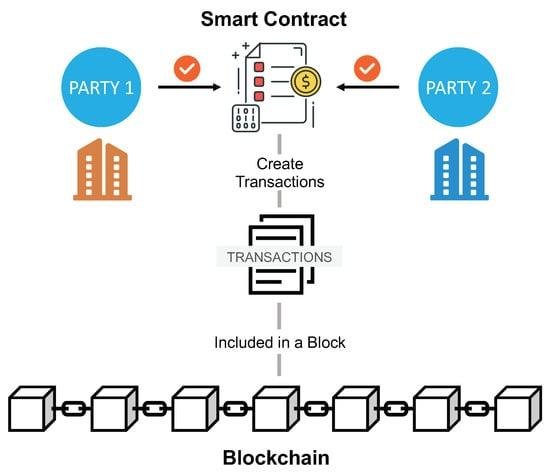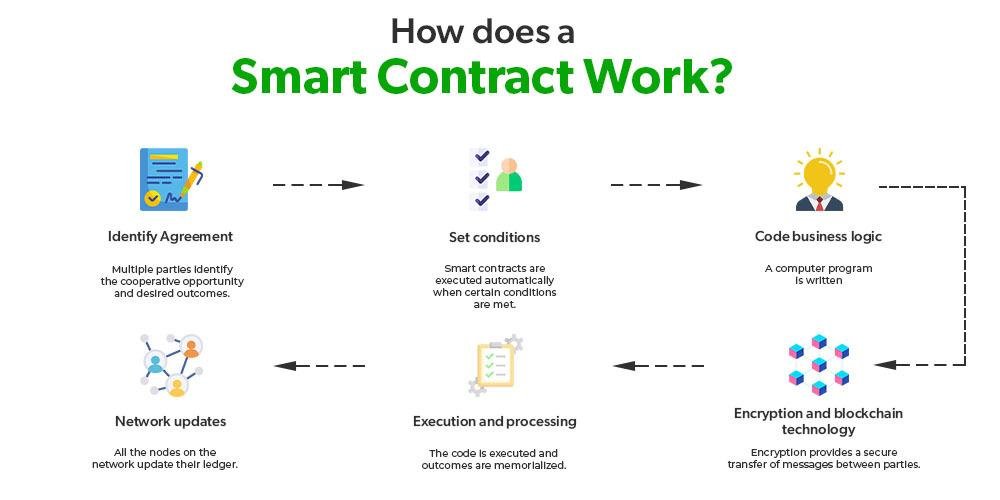Using Email Campaigns to Nurture Leads in Legal Services

-
Table of Contents
- Introduction
- Effective Email Strategies for Legal Lead Nurturing
- Personalization Techniques in Legal Email Campaigns
- Measuring Success: Key Metrics for Legal Email Campaigns
- Crafting Compelling Content for Legal Email Newsletters
- Automating Your Email Campaigns for Legal Services
- Segmenting Your Audience for Targeted Legal Email Campaigns
- Conclusion
Introduction
Email campaigns are a powerful tool for nurturing leads in the legal services sector, enabling firms to build relationships, provide valuable information, and guide potential clients through the decision-making process. By leveraging targeted messaging and personalized content, legal professionals can effectively engage with prospects, addressing their specific needs and concerns. This approach not only enhances brand awareness but also fosters trust and credibility, ultimately leading to higher conversion rates. Through strategic email marketing, legal services can maintain ongoing communication, educate leads about their options, and position themselves as trusted advisors in a competitive marketplace.
Effective Email Strategies for Legal Lead Nurturing
In the competitive landscape of legal services, nurturing leads through effective email campaigns has become an essential strategy for law firms aiming to convert potential clients into loyal customers. The art of email marketing lies not only in crafting compelling messages but also in understanding the unique needs and concerns of prospective clients. By employing targeted email strategies, legal professionals can build trust, provide valuable information, and ultimately guide leads through the decision-making process.
To begin with, segmentation is a crucial element in any successful email campaign. By categorizing leads based on their specific interests, demographics, or stages in the legal process, law firms can tailor their communications to resonate more deeply with each group. For instance, a firm specializing in family law might segment its audience into categories such as divorce, child custody, and adoption. This allows for the creation of personalized content that speaks directly to the concerns of each segment, thereby increasing engagement and the likelihood of conversion.
Once segmentation is established, the next step involves crafting informative and relevant content. Legal services can often seem daunting to potential clients, who may feel overwhelmed by legal jargon and complex processes. Therefore, providing clear, concise, and educational content is vital. This could take the form of newsletters that offer insights into recent legal developments, blog posts that address common legal questions, or even case studies that illustrate successful outcomes. By positioning the firm as a knowledgeable resource, leads are more likely to view the firm as a trusted partner in their legal journey.
Moreover, timing plays a significant role in the effectiveness of email campaigns. Understanding when to reach out to leads can significantly impact their responsiveness. For example, following up shortly after a lead has expressed interest—such as filling out a contact form or downloading a resource—can capitalize on their initial engagement. Additionally, sending reminders or follow-up emails at strategic intervals can keep the firm top-of-mind, ensuring that potential clients do not forget about the services offered. This consistent communication fosters a sense of reliability and attentiveness, qualities that are highly valued in the legal profession.
Incorporating calls to action (CTAs) within emails is another effective strategy for nurturing leads. A well-placed CTA can guide potential clients toward the next step in their journey, whether that be scheduling a consultation, downloading a free resource, or simply replying to the email with questions. It is essential that these CTAs are clear and compelling, encouraging leads to take action without feeling pressured. By providing easy pathways for engagement, law firms can facilitate a smoother transition from interest to commitment.
Furthermore, analyzing the performance of email campaigns is crucial for continuous improvement. By tracking metrics such as open rates, click-through rates, and conversion rates, legal professionals can gain valuable insights into what resonates with their audience. This data-driven approach allows for the refinement of strategies over time, ensuring that email campaigns remain effective and relevant.
In conclusion, utilizing email campaigns to nurture leads in legal services requires a thoughtful and strategic approach. By focusing on segmentation, providing valuable content, timing communications effectively, incorporating clear calls to action, and analyzing performance, law firms can create a nurturing environment that fosters trust and encourages potential clients to take the next step. In an industry where relationships are paramount, these email strategies can significantly enhance a firm’s ability to connect with and convert leads into satisfied clients.
Personalization Techniques in Legal Email Campaigns
In the competitive landscape of legal services, effective communication is paramount, and email campaigns have emerged as a powerful tool for nurturing leads. However, the success of these campaigns hinges significantly on the personalization techniques employed. Personalization goes beyond merely addressing a recipient by their name; it involves crafting messages that resonate with the individual’s unique circumstances, needs, and preferences. By leveraging data and insights, legal professionals can create tailored content that not only captures attention but also fosters a deeper connection with potential clients.
To begin with, understanding the audience is crucial. Legal services often cater to diverse clientele, each with distinct legal needs and concerns. By segmenting the email list based on various criteria such as demographics, previous interactions, or specific legal issues, firms can ensure that their messages are relevant and targeted. For instance, a law firm specializing in family law might segment its audience into categories such as divorce, child custody, and adoption. This segmentation allows for the creation of specialized content that speaks directly to the concerns of each group, thereby increasing engagement and response rates.
Moreover, utilizing data analytics can significantly enhance personalization efforts. By analyzing past interactions, such as email opens, clicks, and responses, legal professionals can gain valuable insights into what content resonates most with their audience. This information can inform future campaigns, allowing firms to tailor their messaging based on the interests and behaviors of their leads. For example, if a particular segment shows a high interest in articles about estate planning, the firm can prioritize sending more content related to that topic, thereby positioning itself as a trusted resource.
In addition to content relevance, the timing of email campaigns plays a critical role in personalization. Understanding when leads are most likely to engage with emails can lead to more effective outreach. For instance, sending emails during business hours may yield different results compared to evenings or weekends. By analyzing engagement patterns, legal firms can optimize their sending times, ensuring that their messages reach potential clients when they are most receptive.
Furthermore, incorporating dynamic content into email campaigns can elevate the personalization experience. Dynamic content allows for the customization of email elements based on the recipient’s profile or behavior. For example, a law firm could include personalized recommendations for services based on the recipient’s previous inquiries or interactions. This not only enhances the relevance of the email but also demonstrates the firm’s attentiveness to the individual’s needs, fostering a sense of trust and reliability.
Another effective technique is to include personalized calls to action (CTAs) that align with the recipient’s interests. Instead of generic CTAs, firms can craft specific prompts that encourage leads to take action based on their unique situations. For instance, a lead interested in personal injury law might receive a CTA inviting them to schedule a free consultation, while another interested in business law could be prompted to download a relevant e-book. This tailored approach not only increases the likelihood of conversion but also reinforces the firm’s commitment to addressing the specific needs of each lead.
In conclusion, personalization techniques in legal email campaigns are essential for nurturing leads effectively. By understanding the audience, utilizing data analytics, optimizing timing, incorporating dynamic content, and crafting personalized CTAs, legal professionals can create compelling email campaigns that resonate with potential clients. This strategic approach not only enhances engagement but also builds lasting relationships, ultimately leading to increased conversions and client loyalty in the legal services sector.
Measuring Success: Key Metrics for Legal Email Campaigns

In the realm of legal services, email campaigns have emerged as a vital tool for nurturing leads and fostering client relationships. However, the effectiveness of these campaigns hinges on the ability to measure their success accurately. By focusing on key metrics, legal professionals can gain valuable insights into their email strategies, allowing them to refine their approaches and enhance engagement with potential clients.
One of the most fundamental metrics to consider is the open rate, which indicates the percentage of recipients who open an email. A high open rate suggests that the subject line and sender name resonate with the audience, capturing their attention amidst a crowded inbox. Conversely, a low open rate may signal the need for more compelling subject lines or a better understanding of the target audience’s preferences. By experimenting with different approaches, legal marketers can identify what works best for their specific clientele, ultimately leading to improved engagement.
Equally important is the click-through rate (CTR), which measures the percentage of recipients who click on links within the email. This metric provides insight into the effectiveness of the email’s content and call-to-action. A high CTR indicates that the content is not only engaging but also prompts recipients to take the desired action, whether that be scheduling a consultation, downloading a resource, or visiting the firm’s website. If the CTR is low, it may be necessary to reassess the content strategy, ensuring that it aligns with the interests and needs of the audience. Tailoring content to address specific pain points or offering valuable resources can significantly enhance this metric.
Another critical metric to monitor is the conversion rate, which tracks the percentage of recipients who complete a desired action after clicking through the email. In the context of legal services, this could mean filling out a contact form, signing up for a newsletter, or booking an appointment. A high conversion rate indicates that the email campaign effectively guides leads through the decision-making process, ultimately leading to new clients. If conversion rates are lacking, it may be beneficial to analyze the landing pages linked in the emails, ensuring they are user-friendly and provide clear, compelling reasons for potential clients to engage further.
Additionally, tracking unsubscribe rates can offer valuable insights into the effectiveness of email campaigns. A sudden spike in unsubscribes may indicate that the content is not resonating with the audience or that the frequency of emails is overwhelming. By paying attention to this metric, legal professionals can adjust their strategies to maintain a healthy subscriber list, ensuring that they are reaching individuals who are genuinely interested in their services.
Engagement metrics, such as reply rates and social shares, also play a crucial role in assessing the success of email campaigns. High engagement levels suggest that recipients find the content valuable and are willing to interact with the firm. Encouraging recipients to reply with questions or comments can foster a sense of community and trust, which is particularly important in the legal field.
In conclusion, measuring the success of email campaigns in legal services requires a comprehensive approach that encompasses various key metrics. By focusing on open rates, click-through rates, conversion rates, unsubscribe rates, and engagement metrics, legal professionals can gain a clearer understanding of their audience’s preferences and behaviors. This data-driven approach not only enhances the effectiveness of email campaigns but also strengthens the overall client relationship, ultimately leading to greater success in nurturing leads and converting them into loyal clients.
Crafting Compelling Content for Legal Email Newsletters
In the competitive landscape of legal services, crafting compelling content for email newsletters is essential for nurturing leads and fostering client relationships. The effectiveness of an email campaign hinges not only on its design and frequency but also on the quality of the content delivered. To engage potential clients, legal professionals must focus on creating informative, relevant, and persuasive content that resonates with their audience’s needs and concerns.
To begin with, understanding the target audience is paramount. Legal services often cater to individuals facing specific challenges, such as family law issues, personal injury claims, or estate planning. By segmenting the audience based on their legal needs, firms can tailor their content to address the unique circumstances of each group. For instance, a newsletter aimed at individuals seeking divorce might include articles on the emotional aspects of separation, tips for co-parenting, and insights into the legal process. This targeted approach not only demonstrates the firm’s expertise but also builds trust, as potential clients feel understood and supported.
Moreover, the tone of the content should reflect professionalism while remaining approachable. Legal jargon can alienate readers, so it is crucial to communicate complex legal concepts in clear, straightforward language. By using relatable examples and analogies, legal professionals can demystify the law, making it more accessible to those unfamiliar with legal terminology. This clarity not only enhances comprehension but also encourages readers to engage further with the content, fostering a sense of connection with the firm.
In addition to clarity, the inclusion of valuable resources can significantly enhance the appeal of legal newsletters. Providing downloadable guides, checklists, or templates related to common legal issues can position the firm as a helpful resource. For example, a newsletter focused on estate planning might offer a free estate planning checklist, encouraging readers to take actionable steps while simultaneously showcasing the firm’s expertise. Such resources not only provide immediate value but also serve as a gentle nudge for potential clients to consider the firm’s services when they are ready to take the next step.
Furthermore, storytelling can be a powerful tool in legal email newsletters. Sharing client success stories or case studies, while maintaining confidentiality, can illustrate the firm’s capabilities and the positive outcomes that can arise from legal assistance. These narratives not only humanize the firm but also create an emotional connection with readers, making them more likely to remember the firm when they require legal services. By weaving in personal anecdotes or testimonials, legal professionals can effectively convey their commitment to client success and satisfaction.
Additionally, incorporating calls to action (CTAs) throughout the newsletter is essential for guiding readers toward the next steps. Whether it’s inviting them to schedule a consultation, download a resource, or follow the firm on social media, clear and compelling CTAs can drive engagement and conversion. It is important to ensure that these prompts are strategically placed within the content, allowing readers to seamlessly transition from consuming information to taking action.
In conclusion, crafting compelling content for legal email newsletters requires a thoughtful approach that prioritizes the audience’s needs, employs clear language, offers valuable resources, utilizes storytelling, and includes effective calls to action. By focusing on these elements, legal professionals can create newsletters that not only nurture leads but also establish lasting relationships with potential clients, ultimately contributing to the growth and success of their practice.
Automating Your Email Campaigns for Legal Services
In the competitive landscape of legal services, automating email campaigns has emerged as a pivotal strategy for nurturing leads effectively. By leveraging automation, law firms can streamline their communication processes, ensuring that potential clients receive timely and relevant information tailored to their needs. This approach not only enhances efficiency but also fosters a more personalized experience, which is crucial in building trust and rapport with prospective clients.
To begin with, the foundation of any successful automated email campaign lies in understanding the target audience. Legal services often cater to diverse clientele, each with unique concerns and requirements. By segmenting the audience based on factors such as demographics, legal needs, and engagement history, firms can create tailored content that resonates with each group. For instance, a firm specializing in family law might develop distinct email sequences for individuals seeking divorce, child custody, or adoption services. This level of personalization ensures that recipients feel understood and valued, increasing the likelihood of engagement.
Once the audience is segmented, the next step involves crafting compelling content that addresses the specific needs of each group. Automated emails can serve various purposes, from providing valuable legal insights and updates on relevant laws to offering free resources such as e-books or webinars. By delivering informative content, law firms position themselves as thought leaders in their field, which not only nurtures leads but also establishes credibility. Furthermore, incorporating clear calls to action within these emails encourages recipients to take the next step, whether it’s scheduling a consultation or downloading a resource.
Moreover, automation allows for timely follow-ups, which are essential in maintaining engagement with leads. For instance, after a potential client downloads a resource or attends a webinar, an automated follow-up email can be triggered to thank them for their interest and provide additional information. This not only reinforces the firm’s commitment to client service but also keeps the conversation going, making it more likely that the lead will convert into a client. Additionally, setting up reminders for periodic check-ins can help maintain the relationship over time, ensuring that the firm remains top-of-mind when the lead is ready to seek legal assistance.
In addition to nurturing leads, automated email campaigns can also be used to gather valuable feedback. By sending out surveys or requesting testimonials, law firms can gain insights into the effectiveness of their services and the overall client experience. This feedback loop is invaluable, as it allows firms to refine their offerings and improve their communication strategies. Furthermore, showcasing positive testimonials in future email campaigns can enhance credibility and attract new leads, creating a cycle of continuous improvement and engagement.
As technology continues to evolve, the tools available for automating email campaigns are becoming increasingly sophisticated. Many platforms offer advanced analytics that enable firms to track open rates, click-through rates, and overall engagement. By analyzing this data, legal services can make informed decisions about their email strategies, optimizing content and timing to maximize impact. This data-driven approach not only enhances the effectiveness of campaigns but also ensures that resources are allocated efficiently.
In conclusion, automating email campaigns is a powerful strategy for nurturing leads in the legal services sector. By understanding the audience, crafting personalized content, ensuring timely follow-ups, and leveraging analytics, law firms can create a seamless and engaging experience for potential clients. Ultimately, this not only drives conversions but also builds lasting relationships, positioning the firm for long-term success in a competitive market.
Segmenting Your Audience for Targeted Legal Email Campaigns
In the realm of legal services, the importance of effective communication cannot be overstated, particularly when it comes to nurturing leads through email campaigns. One of the most critical strategies for enhancing the efficacy of these campaigns is audience segmentation. By dividing your audience into distinct groups based on specific criteria, you can tailor your messaging to resonate more deeply with each segment, thereby increasing engagement and conversion rates.
To begin with, understanding the diverse needs and preferences of your potential clients is essential. Legal services encompass a wide array of specialties, from family law to corporate litigation, and each area attracts a different clientele with unique concerns and expectations. For instance, individuals seeking family law services may prioritize empathy and support, while businesses looking for corporate legal advice might value efficiency and expertise. By segmenting your audience according to these factors, you can craft messages that speak directly to their specific situations, making your communications more relevant and impactful.
Moreover, demographic factors such as age, location, and income level can also play a significant role in how your audience perceives your services. Younger clients may prefer digital communication and quick responses, while older clients might appreciate a more traditional approach. By analyzing these demographic elements, you can create targeted email campaigns that align with the preferences of each group. For example, a campaign aimed at younger clients could incorporate modern design elements and interactive content, while a campaign for older clients might focus on clear, straightforward language and detailed explanations of legal processes.
In addition to demographics, behavioral data can provide valuable insights into how your audience interacts with your content. Tracking metrics such as email open rates, click-through rates, and engagement levels can help you identify which segments are most responsive to your campaigns. This information allows you to refine your approach, ensuring that you are not only reaching your audience but also engaging them effectively. For instance, if you notice that a particular segment is consistently opening emails but not clicking on links, it may indicate that the content is not compelling enough or that the call to action needs to be more prominent.
Furthermore, segmentation can also be based on the stage of the client journey. Prospective clients may be at different points in their decision-making process, from initial research to ready-to-hire. By recognizing where each segment stands, you can tailor your messaging accordingly. For those in the early stages, educational content that addresses common legal questions or concerns can be invaluable. Conversely, for those closer to making a decision, testimonials, case studies, or special offers may be more effective in encouraging them to take the next step.
Ultimately, the goal of segmenting your audience is to create a more personalized experience that fosters trust and builds relationships. In the legal field, where clients often seek guidance during challenging times, establishing a connection through targeted communication can significantly enhance your firm’s reputation and client loyalty. By investing time and resources into understanding your audience and segmenting them effectively, you can ensure that your email campaigns not only reach the right people but also resonate with them on a deeper level. This strategic approach not only nurtures leads but also positions your legal services as a trusted resource, paving the way for long-term client relationships and sustained growth.
Conclusion
Using email campaigns to nurture leads in legal services is an effective strategy that fosters relationships, builds trust, and keeps potential clients engaged. By delivering valuable content, personalized communication, and timely follow-ups, law firms can guide leads through the decision-making process. This approach not only enhances brand awareness but also increases the likelihood of conversion, ultimately leading to a stronger client base and improved business outcomes.

































